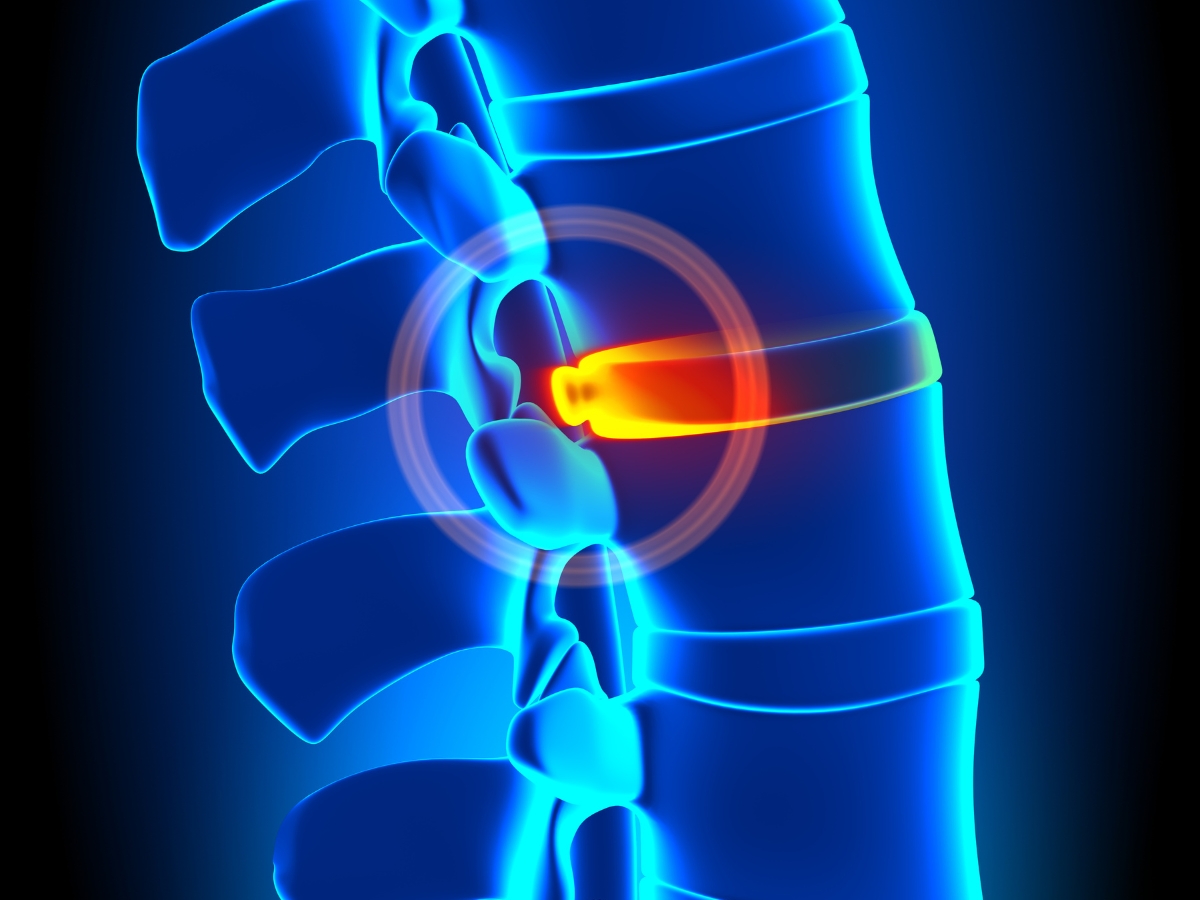That nagging, sometimes sharp pain along your shinbone can be enough to make you stop mid-stride. Whether you’re gearing up for your first 3 miles or you’re a seasoned runner, shin splints have a way of throwing a wrench in your routine—and your progress. Medically known as medial tibial stress syndrome, this common issue affects countless active individuals every year.
If your shins have been aching during or after workouts, you’re not alone. But pinpointing what’s causing your discomfort is the first step toward recovery—and getting back to moving the way you want to, without pain. So, why are you experiencing shin splints in the first place? And what can you do about it?
1. Overuse or Sudden Activity Changes
One of the most common reasons people develop shin splints is simply doing too much, too soon. Your body needs time to adapt to new demands. When you dramatically increase your training intensity, duration, or frequency, your muscles and bones can’t keep up with the stress.
This happens frequently when people start new exercise routines after being sedentary, return to sports after a break, or push themselves harder than usual. Your shinbone and the surrounding muscles become overwhelmed, leading to inflammation and pain along the tibia.
Yet, chiropractic care addresses overuse injuries by focusing on proper biomechanics and joint alignment. When your spine and pelvis are properly aligned, the stress on your lower extremities becomes more evenly distributed. A chiropractor can identify movement patterns that may be contributing to excessive strain on your shins and provide targeted adjustments to restore optimal function throughout your kinetic chain.
2. Improper Footwear
The shoes on your feet play a massive role in how forces travel up through your legs during impact activities. Worn-out running shoes lose their shock-absorbing capabilities. Meanwhile, shoes that don’t match your foot type or gait pattern can create imbalances that stress your shins.
Additionally, running or exercising on hard surfaces, such as concrete, repeatedly can contribute to the development of shin splints. Your body absorbs more impact on unforgiving surfaces, and over time, this repetitive stress accumulates in your lower legs.
However, here’s some good news: Chiropractic treatment can help optimize your body’s natural shock absorption mechanisms. Through spinal adjustments and extremity work, chiropractors can improve the mobility and function of joints throughout your legs and pelvis. This enhanced joint function helps your body better adapt to various surfaces and compensate for less-than-ideal footwear choices.
3. Biomechanical Imbalances and Muscle Weaknesses
Sometimes shin splints develop because of underlying biomechanical issues that create uneven stress distribution throughout your lower extremities. Flat feet, high arches, or differences in leg length can alter your gait pattern and place excessive demands on certain muscle groups while leaving others underused.
When some muscles are overworked and others are weak, the delicate balance that keeps your legs functioning smoothly gets disrupted. This imbalance often manifests as pain in the shins, but the real problem may be coming from somewhere else entirely.
Luckily, a chiropractor can perform a comprehensive biomechanical assessment to identify these imbalances. Through targeted spinal and extremity adjustments, they can help restore proper alignment and joint function. This approach addresses the underlying mechanical issues that contribute to shin splints rather than just treating the symptoms.
Ready to discover what’s really causing your shin splints? At Keystone Chiropractic, our team is ready to assess and treat your pain, helping you get back on your feet without pain holding you back! Your Plano chiropractor will identify the root cause of your pain and develop a personalized treatment plan to help you work toward your goals. Book your appointment with us today!




